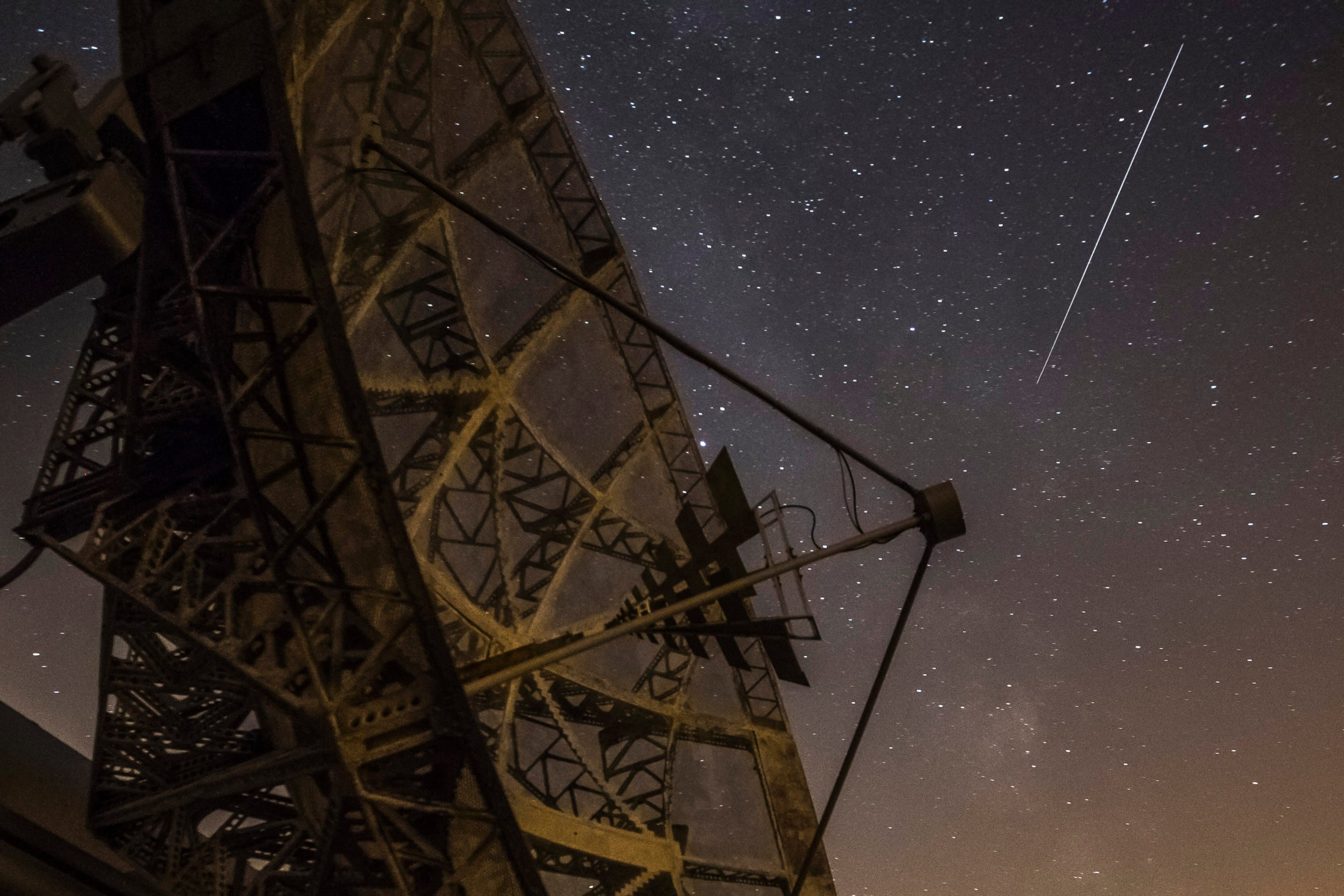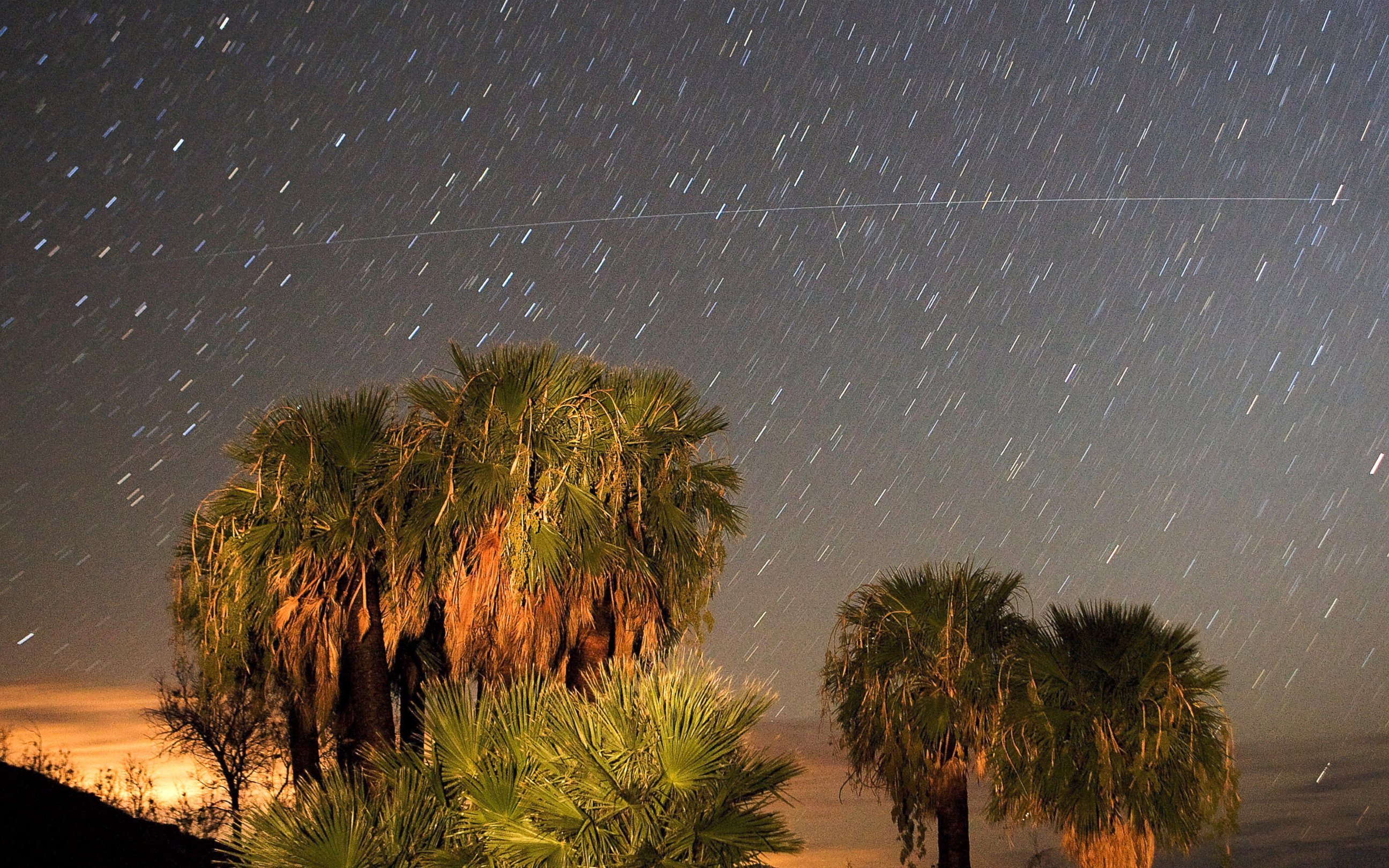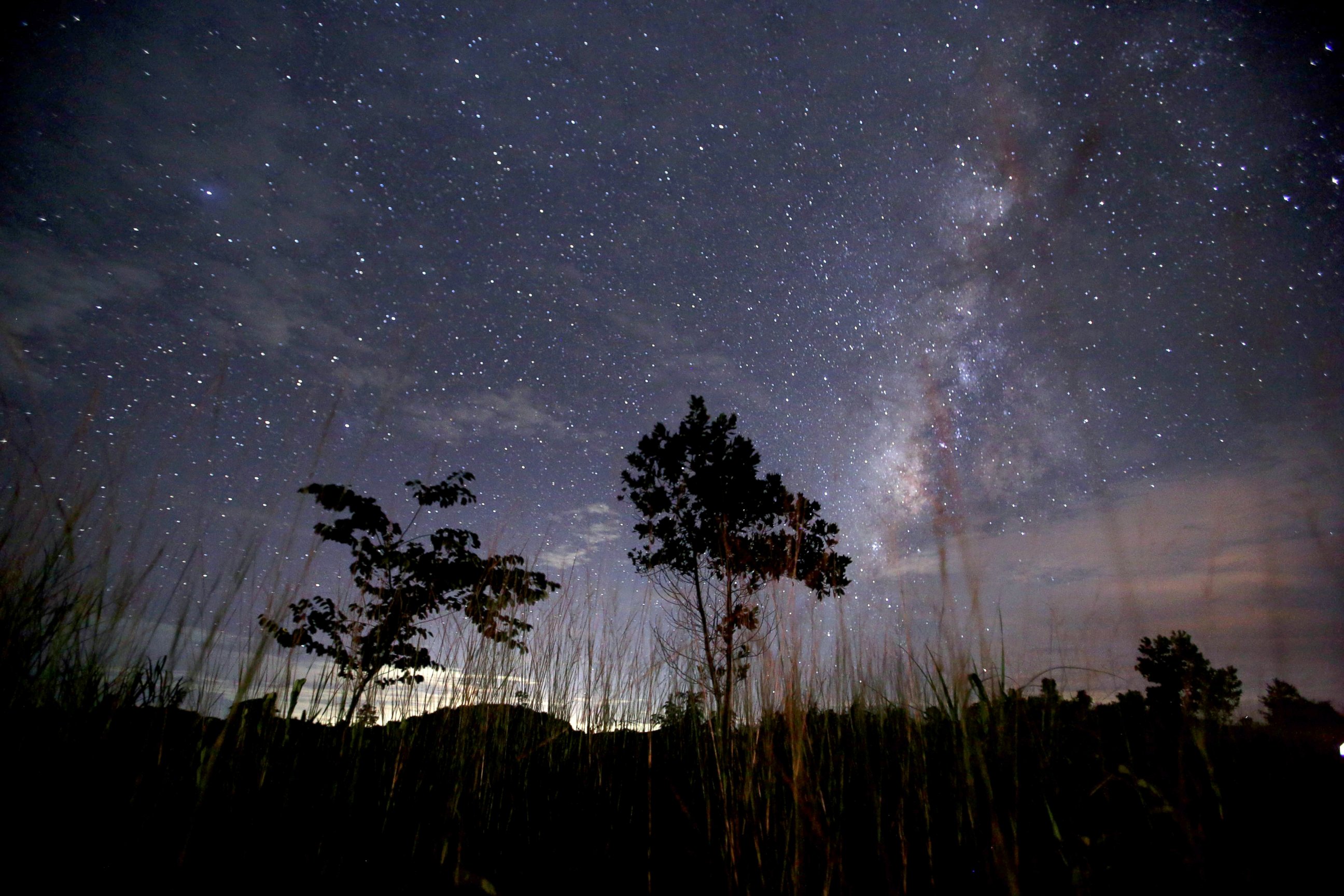Perseids Meteor Shower Lights Up the Sky
This year's sky spectacle coincides with the new moon.
— -- The annual Perseids meteor shower was set to reach its brilliant peak overnight, with as many as 100 meteors per hour visibly streaking across the sky.
This year's sky spectacle was expected to be especially dazzling since it coincides with the new moon, creating the perfect dark background for watching meteors zoom through the sky. The shower was set to reach its peak at 4 a.m. ET Thursday, but was difficult to see in some areas due to clouds.
For the best viewing, NASA recommended looking toward the constellations Cassiopeia and Perseus in the northeastern part of the sky. Photos from previous years show the shower's dazzling nature.



The Perseids meteor shower is the result of space debris from the tail of the Swift-Tuttle comet striking the Earth’s atmosphere.
The Perseids have been observed for at least 2,000 years and are associated with the Swift-Tuttle comet orbiting around the sun once every 133 years. The Earth passes through a cloud of the comet’s debris each year in August, according to NASA, causing small bits of comet dust to enter our atmosphere at 37 miles per second.
The light show is caused when the dust disintegrates, creating the gorgeous bright streaks that light up the sky.




